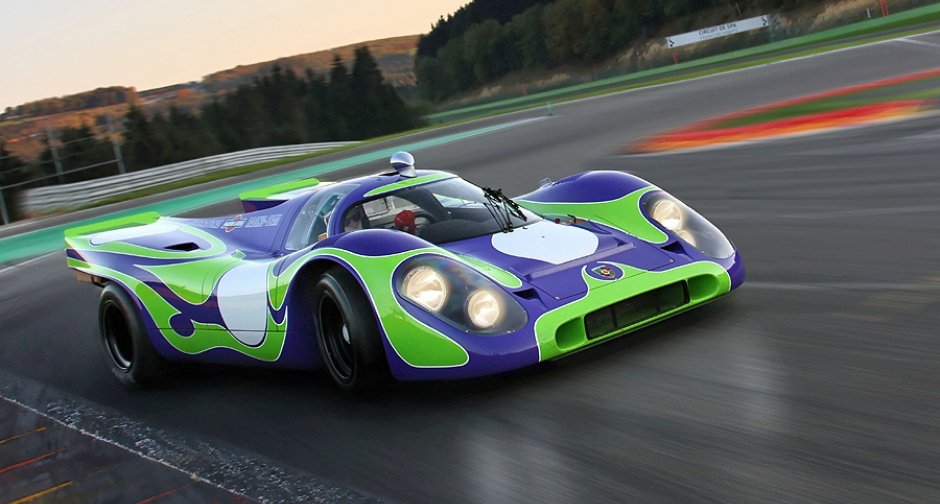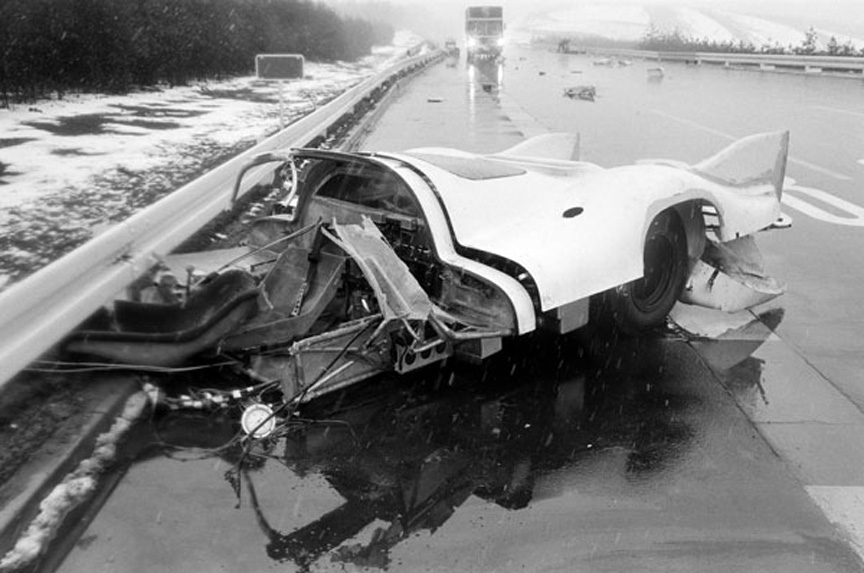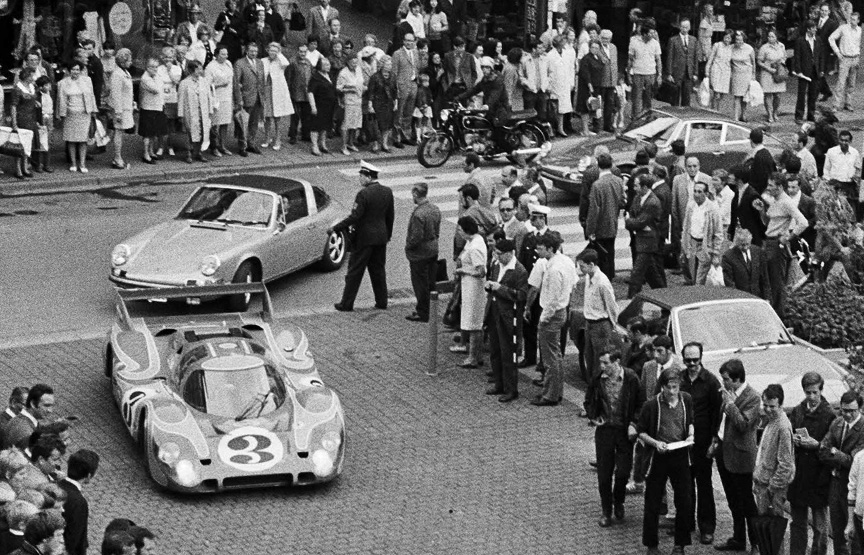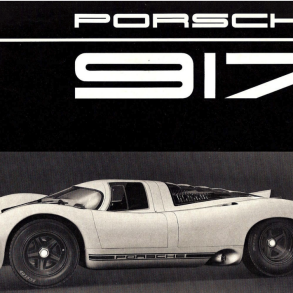Porsche 917 LH (1970)
1970 Porsche 917 “Langheck” (Long Tail)
Premiere: 1970 April 12 at Le Mans test day
With the aerodynamic instability of the 917 in the 1969, two separate configurations were used in 1970. These were the short-tail Kurzheck version and the less common Langheck or long-tail. Most of the 917’s accolades were achieved by the 917 Kurzheck, leaving the Langheck a less popular, but ultimately just as potent contender.
Engines
| Engine | Power (bhp) | Power (kW) | Torque (ft lbs) | Torque (Nm) |
| 4.5 L Flat 12 | 572 bhp | 428 kW | 375 ft lbs | 510 Nm |
| 4.9 L Flat 12 | 591 bhp | 441 kW | 404 ft lbs | 550 Nm |
The Story
The long tail version of the 917 was specially built for Le Mans high speed track and only used there. Four new cars were made for 1970 – chassis 917-040, 041, 042 and 043. The first one, the 917-040 was lost on April 6, 1970, when Kurt Ahrens jr. crashed it at the high speed test on wet tarmac at the Ehra-Lessien test track. Despite the car desintegrating, Ahrens survived in good condition (19 days later he would already race at the Monza 1000 km).




The 917-041 is seen publically when testing at the Le Mans test day on April 12. The car is used as a test car and later scrapped.
Two 917 LHs were entered for the 1970 race, the 917-042 with the 4.9-litre and the 917-043 with the 4.5-litre engine. The 4.9-litre LH was designed to win the race. It was quickest in the qualification and started from the pole position. Unfortunately the engine didn’t last for 24 hours. Because of misfortune and bad weather, lots of cars had to retire and the event was won by a 917 K-70 4.5 that was 13 seconds slower per lap than the LH 4.9. The Martini Racing 917 LH 4.5 (917-043) finished second driven by Gérard Larrousse/Willy Kauhsen. Because of the car’s livery, it was nicknamed as a hippie-Porsche and as a psychedelic-Porsche. The livery was designed by Latvian Anatole ‘Tony’ Lapine, who was the head designer at Porsche.











